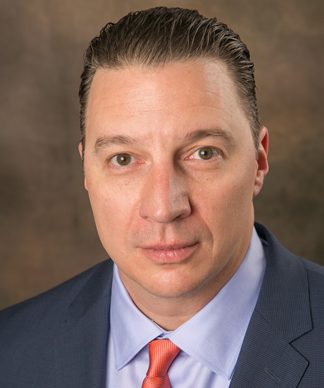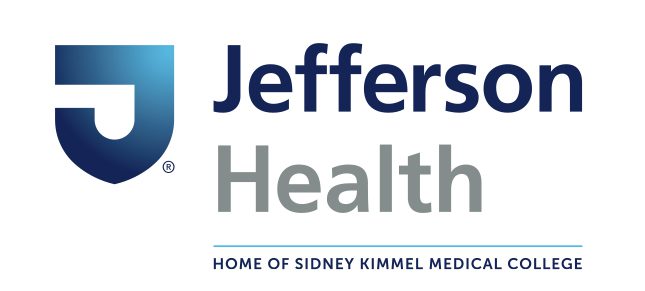Jefferson Health Fibroid Center

Offering immediate relief from uterine fibroids
It’s common for women to develop uterine fibroids during their reproductive years. But many go about their lives without realizing such benign tumors exist, or feeling compelled to do anything about them.
But for the approximately 25 percent of women who are burdened with heavy bleeding and extreme discomfort, uterine fibroids are impossible to ignore. Fortunately, a variety of treatment options are available, ranging from medications to control menstrual bleeding to surgery to the removal of the uterus altogether.
Still some may choose to wait it out – as uterine fibroids typically shrink during menopause when hormone levels decrease.
But for most women living with ongoing discomfort, a non-surgical solution called Uterine Fibroid Embolization (UFE) is often the best remedy – providing almost immediate relief and a quick recovery time. Unfortunately, many women don’t know the treatment exists, says Alexander Trebelev, MD, Chief of Vascular and Interventional Radiology at Jefferson Health – East Region.
“It’s important that they know all their options, as most women are candidates for UFE. In every case, our doctors collaborate with our patients to come up with the best option for them.”
UFE is a procedure that relieves symptoms for 90% of patients who suffer from heavy bleeding and for 85% of patients whose discomfort stems from bulk-related symptoms, such as pelvic pressure and bloating, Dr. Trebelev says.

Alexander Trebelev, MD
“The reason more women don’t choose UFE is often because they’re not aware of it,” he says of the procedure which involves injecting small particles into the arteries of the uterus to block blood flow to the fibroids, causing them to shrink. UFE is routinely performed at the Jefferson Fibroid Center at Jefferson Cherry Hill Hospital by fellowship-trained interventional radiologists. All aspects of care – before, during and after the treatment – are managed in one place through the multidisciplinary team, which includes interventional and diagnostic radiologists, gynecologists and other female and reproductive medicine specialists.
Recommended treatment is based on the size, number and location of fibroids, the severity of symptoms, a patient’s feelings about surgery, how close they are to menopause and their personal treatment goals, including future fertility, says
Dr. Trebelev, noting the fibroids are often diagnosed after a screening ultrasound.
“Most of the women I treat are in their 40s or early 50s,” he says. “Because fibroids are hormonally driven, my patients don’t want to wait 5 or 6 years for menopause to get relief.”
The draw of UFE is that it’s minimally invasive, Dr. Trebelev adds. “It involves a one-night hospital stay for observation after the procedure, then recovery at home. I’ve seen women, including my wife, fully recovered and back to their gym routines within the week after the procedure.”
“While UFE does not involve removing the uterus, I don’t push it in women who want to become pregnant in the future,” explains Dr. Trebelev. But it is not ruled out either, he says, noting more and more literature shows it’s safe and effective for healthy women desiring future fertility.
“It is not a simple black-and-white answer,” says Dr. Trebelev. “If a woman wants to become pregnant in the future, we will have in-depth discussions with our team of specialists, including gynecologists. “It is a discussion worth having because once the uterus is removed, it’s a door we can’t reopen.”
“Some women prefer the more invasive procedure. They don’t want to preserve their uterus, and that’s their choice,” adds Dr. Trebelev. “It’s important that they know all their options, as most women are candidates for UFE. In every case, our doctors collaborate with our patients to come up with the best option for them.”


